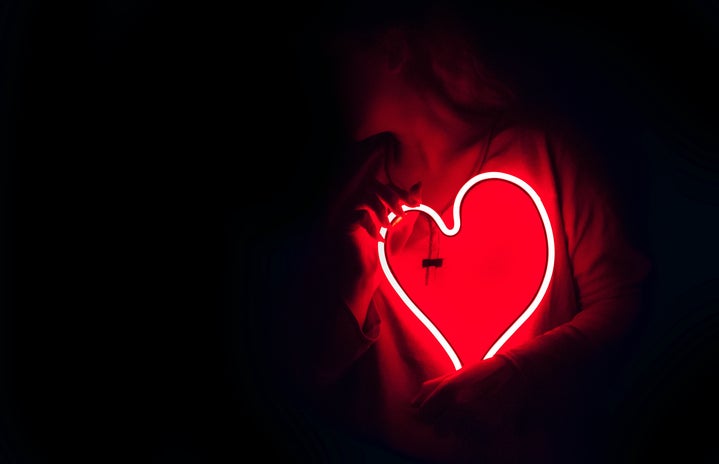The TV show Heartstopper accomplished what any good novel adaptation should be able to do: it brought the books to life and reminded the audience why they fell in love with them in the first place.
The first season of Heartstopper was released on Netflix on April 21st, 2022 and fans of the graphic novels rushed to binge-watch the series and share their overwhelming praise for it online. What originally began as a webcomic published in 2016 by English author and illustrator Alice Oseman, soon rocketed to the Netflix top 10!
The story follows Charlie, a highly-strung, openly gay over-thinker, who falls for Nick, a cheerful, soft-hearted rugby player. Though Heartstopper focuses on their relationship, there is also other queer and people of colour (POC) representation in their high school friend group. The cast is age appropriate and tidbits of Oseman’s illustrations are included in scenes as a nod to the original comics. Despite reading the comics a few years back, this adaptation brought back memories, as it followed the comics faithfully, with a few minor changes. Undoubtedly, because Oseman wrote the script, the essence of the story remained. It is a hopeful and much-needed representation of queer joy. Luckily, authors being heavily involved in their adaptations seems to be becoming more and more common, like Rick Riordan being involved in the upcoming Percy Jackson TV show!
If you haven’t already read the graphic novels, I’d recommend checking out a list of trigger warnings before watching, as the show also covers heavy topics including mental health, sexual assault, and homophobia.
Here are some of the reasons I love Heartstopper and am happy it now has a larger audience…
As Nick and Charlie’s friendship progresses, Nick eventually confesses how he is feeling, despite questioning his own sexuality. Charlie provides Nick with time and space, which is something he didn’t have being outed at school. When I originally read Heartstopper, this part struck me the most, as I hadn’t seen this room for uncertainty and discovery represented before. Showing this healthy relationship, especially in juxtaposition to Charlie’s relationship with Ben, the Heartstopper adaption reminds its queer audiences that it’s okay to take your time, not be sure, or feel forced to come out. It also shows non-queer audiences how important it is to let people define their own identities and respect boundries. With the diverse cast of characters, it acknowledges that there isn’t one way to be queer.
One of the changes in the show was the addition of the character of Nick’s friend, Imogen. The conversation at the park between Nick and Imogen shows the audience how the identities of teens can shift. Heartstopper covers struggles with identity and mental health and acknowledges how growing up is not all sunshine and rainbows. Once again, Alice Oseman’s contemporary fiction effortlessly tackles the complexities of being a young person and brings it to the big screen!
While Heartstopper acknowledges the hardships, there are still examples of queer joy throughout the show. This representation is so important for young audiences to feel hopeful and know that they’re not alone. One of my favourite parts in the show is how the friend group plays a larger role earlier than in the comics. We see Elle, played by transgender actress Yasmin Finney, befriend Tara and Darcy, “the school lesbians” at her new school. This importance of representation is reflected in the show when Nick sees Tara and Darcy kiss at the party and how happy they are, which gives him the confidence to confess his feelings to Charlie. However, it still acknowledges the challenges they go through as Tara faces homophobic comments after her and Darcy publicily announce their relationship.
Heartstopper is able to achieve a balance with its lightheartedness while also keeping it real. Being a contemporary story, it is not exactly escapism like a fantasy story, but the hopeful tone throughout shows viewers that this joy is possible in their own lives too. This is reflected in the final episode of the show “Boyfriends”, where Charlie tells Nick, “I never thought this would happen to me.” While it remains realistic, this isn’t the “bury your gays” trope of early LGBTQ+ fiction where the characters or someone they loved had a habit of dying at the end, and we’re here for this queer joy.


